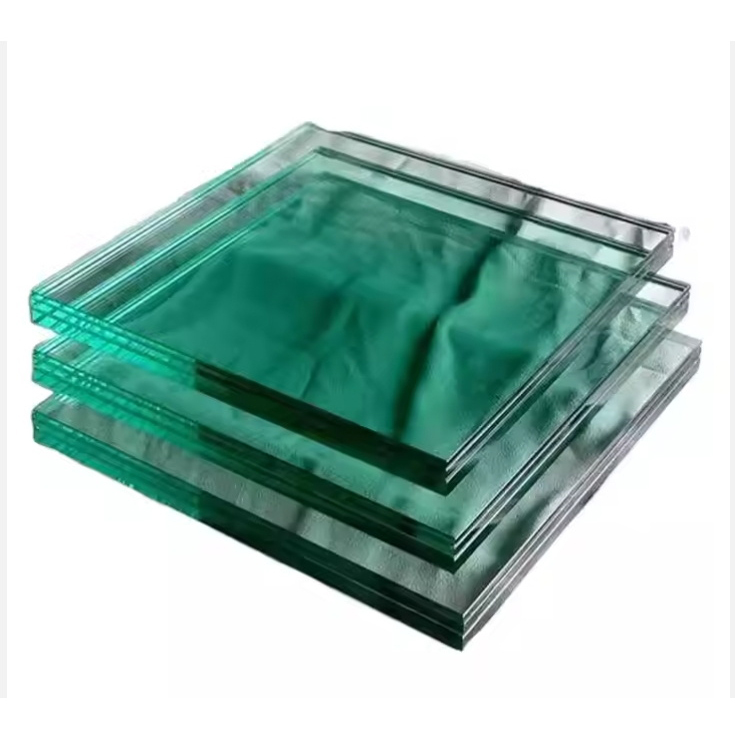
2025-03-03 16:47:47
In an era where security is a paramount concern, Bulletproof Glass has emerged as a critical component in safeguarding high-risk environments. This advanced composite material, designed to withstand small arms fire while maintaining transparency, is a testament to modern engineering and material science. Its wide-ranging applications, from banks and jewelry stores to military installations and vehicles, highlight its importance in today's world.

The Science Behind Bulletproof Glass
Bulletproof glass is not a single material but a composite made from layers of glass and high-quality engineering plastics such as PVB (Polyvinyl Butyral) or SGP (SentryGlas Plus). These layers are bonded together under specific temperatures and pressures to create a material that is both strong and transparent. Traditional bulletproof glass relies on multiple layers of glass and PVB, while modern variants incorporate advanced materials and technologies to enhance performance.
The key to bulletproof glass lies in its ability to absorb and disperse the energy of a bullet. When struck, the outer layer of glass shatters, but the plastic layers capture the bullet, preventing it from penetrating through to the other side. This multi-layered structure not only provides ballistic protection but also maintains structural integrity, ensuring that the glass remains in place even after being shot.
Advantages of Bulletproof Glass
Bulletproof glass offers more than just protection against firearms. It is designed to withstand various environmental and physical challenges, making it a versatile material for high-security applications.
Bulletproof Performance: The primary function of bulletproof glass is to protect against projectiles. Its ability to resist penetration depends on factors such as material hardness, toughness, thickness, and layering. Modern bulletproof glass can withstand multiple shots, providing reliable protection for personnel and assets.
High Weather Resistance: Bulletproof glass is engineered to maintain its appearance and functionality over time. It can withstand long-term exposure to ultraviolet (UV) radiation without discoloration, ensuring that its transparency and aesthetic appeal remain intact.
Anti-Ultraviolet Radiation: The multi-layered structure of bulletproof glass filters out harmful UV rays. This feature not only protects the glass from degradation but also shields indoor items from prolonged exposure to sunlight, reducing the risk of fading and damage.
High Strength: Bulletproof glass is significantly stronger than ordinary glass. At the same thickness, it can withstand higher wind and air pressures, making it suitable for various environmental conditions.
Fireproof Performance: Some bulletproof glass variants also offer fire resistance. In the event of a fire, these materials can withstand flames and smoke for a certain period, providing additional protection in emergencies.
Applications Across Industries
The versatility of bulletproof glass makes it suitable for a wide range of applications. In financial institutions such as banks, bulletproof glass is used to protect tellers and cashiers from potential threats. Jewelry stores rely on this material to secure their high-value inventory, while government agencies and military installations use it to safeguard sensitive areas and personnel.
In the automotive industry, bulletproof glass is installed in vehicles used by dignitaries, law enforcement, and security personnel. These vehicles require protection against gunfire while maintaining visibility and normal operation. Additionally, bulletproof glass is used in public transportation to enhance passenger safety.
Specialized Variants for Diverse Needs
Beyond standard bulletproof glass, specialized variants have been developed to meet specific requirements. One-way transparent bulletproof glass allows personnel to see out while preventing visibility from the outside, providing an added layer of security. Fireproof bulletproof glass combines ballistic and fire-resistant properties, making it ideal for high-risk environments.
Conclusion
Bulletproof glass represents a significant advancement in security technology. Its ability to protect against firearms while maintaining transparency and durability makes it an essential material for high-security applications. As threats evolve, so too does the technology behind bulletproof glass, ensuring that it remains a reliable shield for modern security needs. Whether in banks, government buildings, or vehicles, bulletproof glass continues to play a crucial role in safeguarding lives and assets.
Copyright © 2025 Dongguan Yinjian Glass Engineering Co., Ltd All Rights Reserved